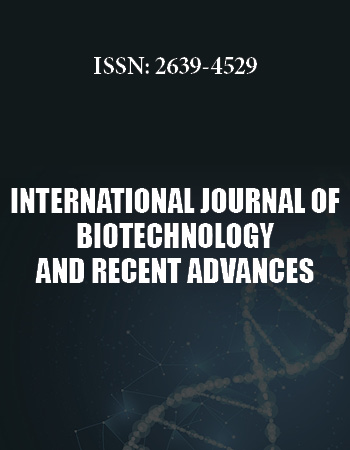International Biotechnology and Research Conference
April 25-27, 2018 Rome, Italy
Diversity of Microorganisms in Heavy Oil Reservoirs (Russia) and their Possible Application in Meor
1Winogradsky Institute of Microbiology, Research Center of Biotechnology of the Russian Academy of Sciences, Russia
2Tatar Oil Research and Design Institute, Russia
Geological reserves of heavy and high-viscosity oil in Russia reach 6–7 billion tons and exceed residual reserves of light conventional oil. The goal of the present work was to study the diversity and activity of microorganisms from low-temperature heavy oil reservoirs (Russia) and their biotechnological potential for development of the microbiological method for enhanced recovery of heavy oil. Microorganisms are able to produce diverse oil-displacing agents (organic and mineral acids, biosurfactants, solvents, biopolymers, gases), which can be in technologies for microbial enhancement of oil recovery (MEOR).
The functional and phylogenetic diversity of microorganisms at five heavy oil deposits (Russia) was studied. The oilfield exploited without water-flooding, were shown to harbor scant microbial communities, while microbial numbers in the water-flooded strata was high. Methanogens of the genera Methanothrix, Methanobacterium and Methanoregula were revealed by high-throughput sequencing of 16S rRNA genes and DGGE analysis of mcrAgenes. Aerobic bacteria of the genera Rhodococcus, Pseudomonas, Gordonia, Cellulomonas, etc., capable of biosurfactant production, were isolated. Fermentative enrichments producing volatile organic acids (acetic, propionic, and butyric) from sugar-containing substrates were obtained. These acids dissolved the carbonates of oil-bearing rock efficiently. The major microbial groups of interest for development of MEOR technology are aerobic oil-oxidizing bacteria, anaerobic fermenting bacteria, and methanogenic prokaryotes. Core-flooding experiments with injection culture liquid of aerobic bacteria Gordoniaamicalis 6-1 and Rhodococcuserythropolis KS22 resulted in recovery of 17.6% of additional oil from the models because of biosurfactants and biomass production. Application of starch and culture liquid of fermenting enrichment capable of producing low fatty acids resulted in recovery of 13.4% of additional oil from the models. Selection of the most efficient microbial technology for enhanced recovery of heavy oil from terrigenous and carbonate strata is discussed.
The research was supported by the Russian Foundation for Basic Research, project no. 16-14-00028.
Biography:
Dr. Diyana Sokolova graduated from the Mendeleyev University of Chemical Technology of Russia (MUCTR) in 2001. From 2001 she has been working as a researcher at the Laboratory of Petroleum Microbiology, Winogradsky Institute of Microbiology, Research Center of Biotechnology of the Russian Academy of Sciences,Moscow, Russia.
She did her Ph.D., on “Formation of biosurfactants by aerobic organotrophic bacteria from oil reservoir”, under the supervisor Dr. T.N. Nazina.Diyana Sokolova worked at petroleum reservoirs of Russia, China and USA.
She has an area of specialization in petroleum microbiology, biosurfactants, physiology of microorganisms, heavy oil, biodegradation, biotechnology, microbial enhancement for oil recovery (MEOR).


